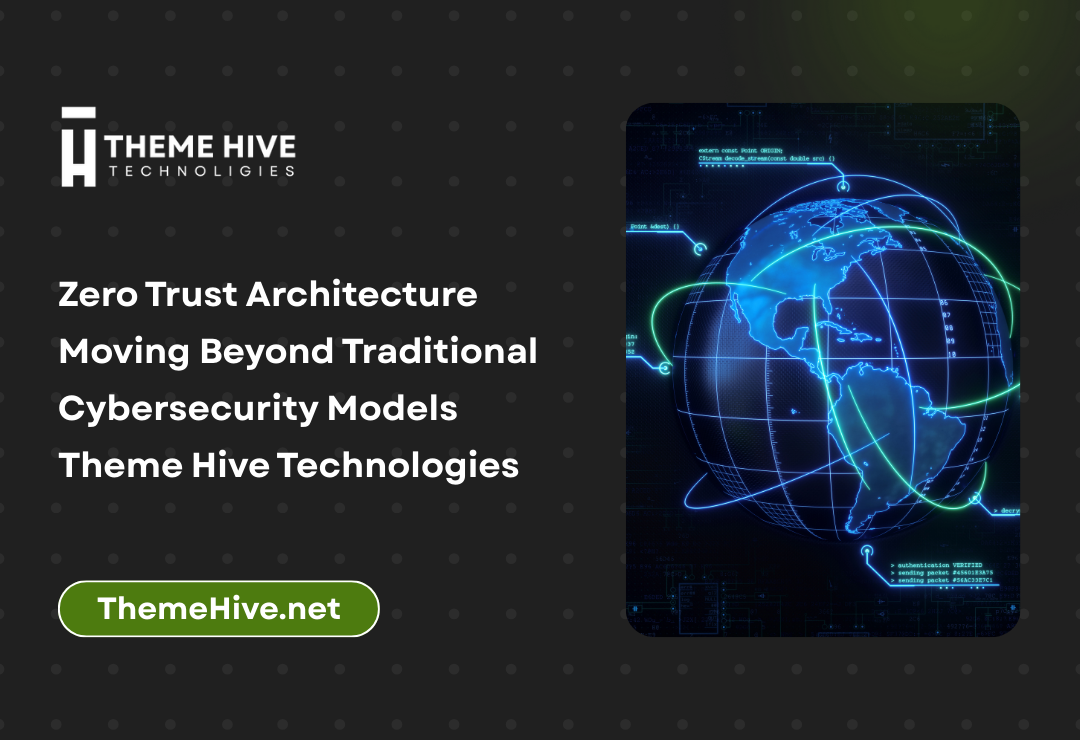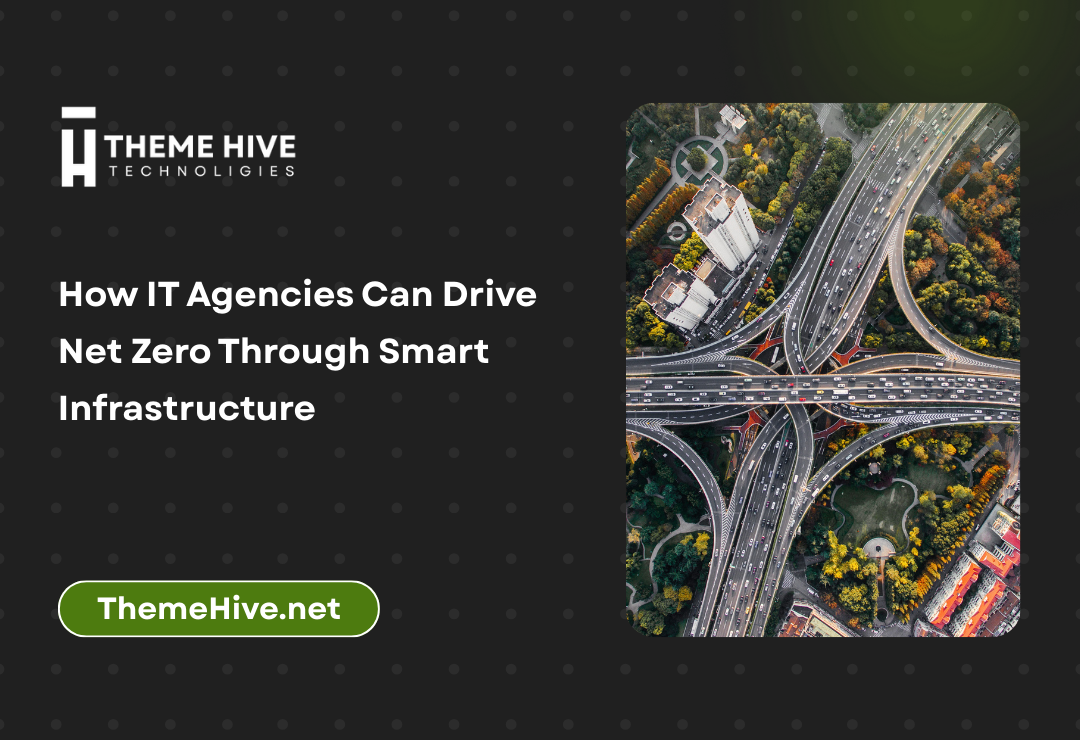In the rapidly evolving landscape of cybersecurity, organizations can no longer rely on traditional perimeter-based security models. The shift to cloud computing, remote work, hybrid environments, and the growing sophistication of cyberattacks has made it evident that a new approach is needed. Zero Trust Architecture (ZTA) has emerged as a leading framework, offering a modern solution to safeguard enterprises against threats that exploit traditional trust assumptions.
This article explores the foundations of Zero Trust Architecture, its principles, implementation strategies, benefits, challenges, and how it enables organizations to move beyond outdated cybersecurity models. It is especially relevant for enterprises in the UK, where data privacy regulations and compliance requirements demand more resilient security frameworks.
The Evolution of Cybersecurity Models
Traditional Perimeter-Based Security
Historically, cybersecurity relied on the castle-and-moat model, where a strong perimeter protected the internal network. Firewalls, intrusion detection systems (IDS), and antivirus solutions created a barrier between trusted internal users and untrusted external entities. Once inside, users and devices were considered trustworthy.
Limitations of Perimeter Security
While effective in the past, perimeter-based security no longer meets the demands of modern IT environments:
- Remote Work: Employees access resources from outside the corporate perimeter.
- Cloud Computing: Applications and data now reside in distributed cloud environments.
- Insider Threats: Trusting all internal users creates risks from compromised accounts.
- Advanced Attacks: Cybercriminals bypass perimeters through phishing, malware, and lateral movement.
Emergence of Zero Trust
In response, Zero Trust was designed to remove implicit trust and continuously verify every user, device, and connection—no matter their location. This shift reflects the security principle: “Never trust, always verify.”
Core Principles of Zero Trust Architecture
Zero Trust Architecture is not a single technology but a set of guiding principles that shape enterprise security.
1. Verify Explicitly
Always authenticate and authorize based on all available data points, including:
- User identity
- Device health
- Location
- Application access
- Behavioral patterns
2. Least Privilege Access
Provide users with the minimum level of access required to perform their tasks. This reduces the risk of unauthorized data exposure and limits attack surfaces.
3. Assume Breach
Operate as though the network is already compromised. This principle enforces:
- Micro-segmentation
- Continuous monitoring
- Threat detection and response
4. Continuous Monitoring
Zero Trust emphasizes ongoing verification of sessions, instead of one-time authentication at login. User activity and device behavior are constantly analyzed for anomalies.
5. Adaptive Policies
Policies dynamically adjust to contextual factors such as location, device compliance, and the sensitivity of the requested resource.
Key Components of Zero Trust Architecture
Implementing Zero Trust requires integrating multiple technologies into a cohesive security framework.
1. Identity and Access Management (IAM)
Robust IAM ensures secure authentication and role-based access:
- Multi-factor authentication (MFA)
- Single sign-on (SSO)
- Identity governance
2. Device Security
Monitoring and managing devices is crucial:
- Endpoint detection and response (EDR)
- Mobile device management (MDM)
- Device compliance checks
3. Network Segmentation
Micro-segmentation divides the network into smaller, secure zones. This prevents attackers from moving laterally within the infrastructure.
4. Data Security
Protecting data at rest and in transit is vital:
- Encryption
- Data loss prevention (DLP)
- Rights management
5. Security Analytics
Advanced analytics help detect threats:
- Machine learning-based anomaly detection
- User and entity behavior analytics (UEBA)
- Real-time monitoring dashboards
6. Threat Intelligence
Integration with threat intelligence platforms enhances detection and response capabilities.
Benefits of Zero Trust Architecture
Adopting ZTA offers significant advantages for enterprises.
1. Enhanced Security Posture
By eliminating implicit trust, Zero Trust reduces the risk of unauthorized access and insider threats.
2. Stronger Compliance
Zero Trust aligns with regulatory frameworks like GDPR, ISO 27001, and NIS2 Directive, helping UK businesses maintain compliance.
3. Improved Visibility
Continuous monitoring provides organizations with real-time insights into user behavior, device health, and data flows.
4. Reduced Attack Surface
Micro-segmentation and least-privilege access minimize exposure to potential attacks.
5. Flexibility for Hybrid Work
ZTA supports remote and hybrid work environments by securing access from any location.
6. Faster Incident Response
Granular visibility and automated policies accelerate detection and remediation.
Challenges in Implementing Zero Trust Architecture
Despite its benefits, organizations face several challenges when adopting ZTA:
1. Complexity of Implementation
Migrating from perimeter-based security to Zero Trust requires careful planning and integration of multiple systems.
2. Cultural Resistance
Employees and IT teams may resist changes to access policies and authentication processes.
3. Cost Considerations
Implementing new tools such as IAM, EDR, and advanced analytics requires investment.
4. Legacy Infrastructure
Outdated systems may not be compatible with Zero Trust principles, requiring modernization.
5. Skill Gaps
Organizations need skilled cybersecurity professionals to design, implement, and maintain ZTA.
Steps to Implement Zero Trust Architecture
Adopting ZTA is a journey that involves phased deployment.
1. Define the Protect Surface
Identify critical assets, applications, and data that require protection.
2. Map Data Flows
Understand how data moves across the organization to design effective segmentation.
3. Build a Micro-Perimeter
Implement security controls around the protect surface, including access policies and monitoring.
4. Implement Strong IAM
Adopt MFA, SSO, and adaptive authentication mechanisms.
5. Monitor and Respond
Deploy analytics and SIEM tools to monitor behavior and detect anomalies.
6. Automate Policies
Use automation and orchestration to dynamically enforce policies based on risk context.
7. Continuous Improvement
Regularly review and refine policies as new threats emerge.
Zero Trust and Cloud Environments
With the rise of cloud computing, Zero Trust provides a framework to secure:
- SaaS applications
- IaaS and PaaS workloads
- Hybrid and multi-cloud deployments
Cloud-native security solutions integrate seamlessly with Zero Trust, enabling enterprises to manage distributed IT environments securely.
Zero Trust and Remote Workforces
The shift to remote work during and after the pandemic accelerated Zero Trust adoption. Organizations realized that VPNs alone were insufficient for securing distributed workforces. ZTA addresses these challenges by:
- Validating user and device health before granting access
- Enforcing adaptive policies based on location and risk
- Monitoring activity across remote endpoints
Zero Trust in UK Enterprises
UK businesses face stringent data protection requirements under GDPR and sector-specific regulations. Zero Trust enables them to:
- Protect customer and employee data
- Ensure compliance with the Information Commissioner’s Office (ICO) guidelines
- Enhance resilience against ransomware and nation-state attacks
Case Studies: Zero Trust in Action
Case Study 1: Financial Services
A UK-based bank implemented Zero Trust by deploying MFA, micro-segmentation, and behavioral analytics. As a result, it reduced unauthorized access incidents by 70%.
Case Study 2: Healthcare Sector
A hospital adopted Zero Trust to secure patient data across cloud platforms. With continuous monitoring and device compliance checks, the hospital improved HIPAA and GDPR compliance.
Case Study 3: Government Agencies
Public sector organizations in the UK are increasingly adopting Zero Trust to protect critical infrastructure and sensitive citizen data.
Future of Zero Trust Architecture
The adoption of ZTA will continue to accelerate, driven by:
- AI Integration: Artificial intelligence will enhance behavioral analytics and automated response.
- 5G Networks: Increased connectivity will expand attack surfaces, requiring robust Zero Trust controls.
- IoT Security: Zero Trust will extend to billions of IoT devices, ensuring secure machine-to-machine communication.
- Quantum Computing Threats: Preparing encryption and access models for the quantum era will become part of Zero Trust strategies.
Conclusion
Zero Trust Architecture represents a paradigm shift in cybersecurity, moving organizations beyond outdated perimeter-based models. By focusing on identity, device security, micro-segmentation, and continuous monitoring, ZTA helps enterprises build resilient defenses against evolving threats.
For UK businesses, Zero Trust is not just a best practice but a necessity to ensure compliance, protect sensitive data, and enable secure digital transformation. While challenges exist in implementation, the long-term benefits of Zero Trust outweigh the initial hurdles, making it the future of enterprise cybersecurity.






